Presentation: Evaluating Missed Clinical Appointments (30-70 Years)
VerifiedAdded on 2022/09/26
|13
|769
|23
Presentation
AI Summary
This presentation addresses the issue of missed clinical appointments, focusing on patients between 30 and 70 years old. It begins by exploring the reasons behind missed appointments, including patient forgetfulness, competing commitments, lack of transportation, and socioeconomic factors. The presentation then evaluates the negative impacts of no-shows, such as disruptions to clinic workflow, reduced patient care, and financial losses for healthcare systems. Furthermore, it proposes strategies to decrease the percentage of missed appointments, emphasizing the importance of reminding patients about their scheduled appointments. The presentation highlights the use of SMS reminders and other methods to improve appointment attendance, referencing relevant research and the PICO query and the Plan-do-study-act Model for quality adjustment plan.
1 out of 13
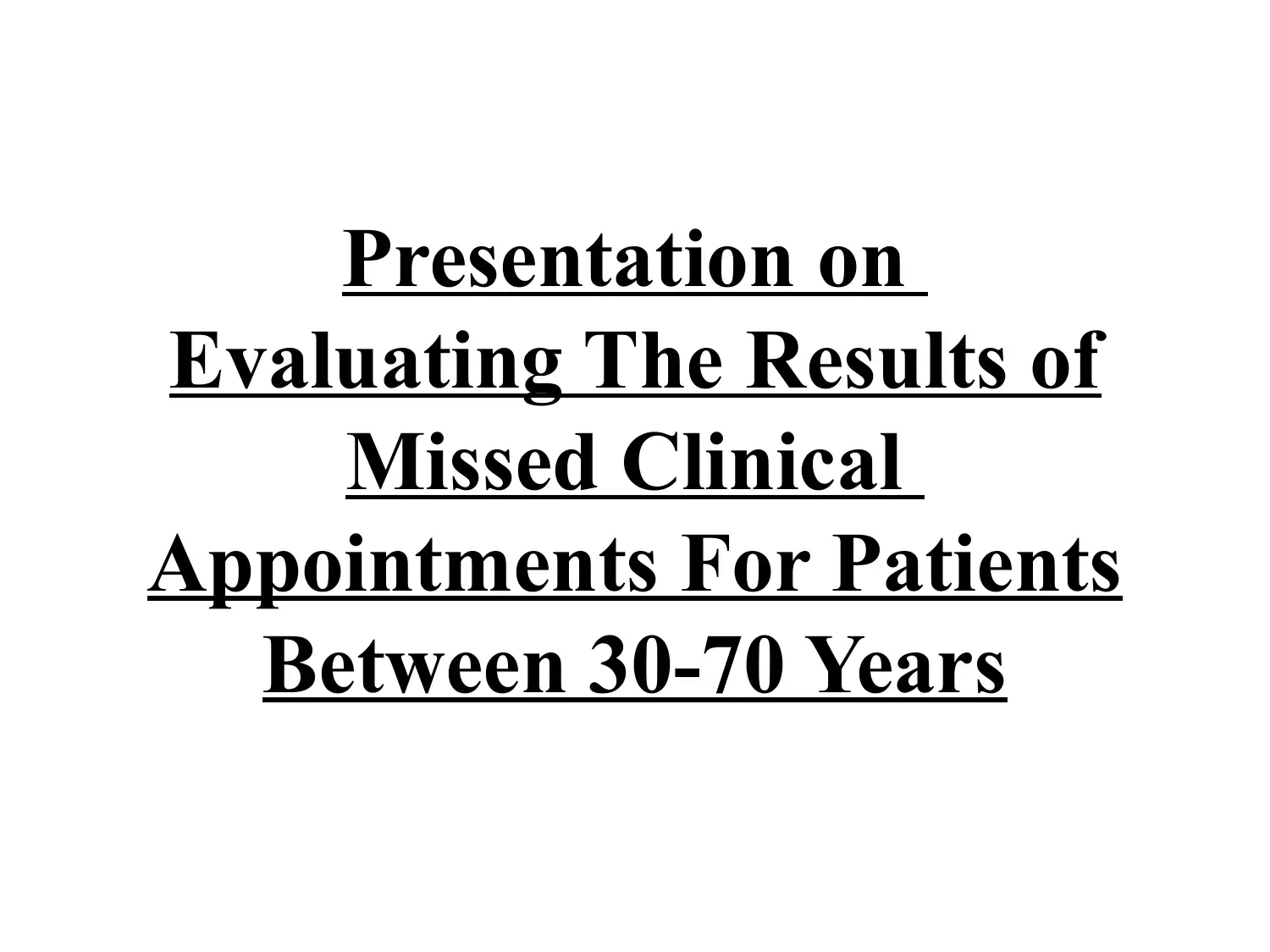
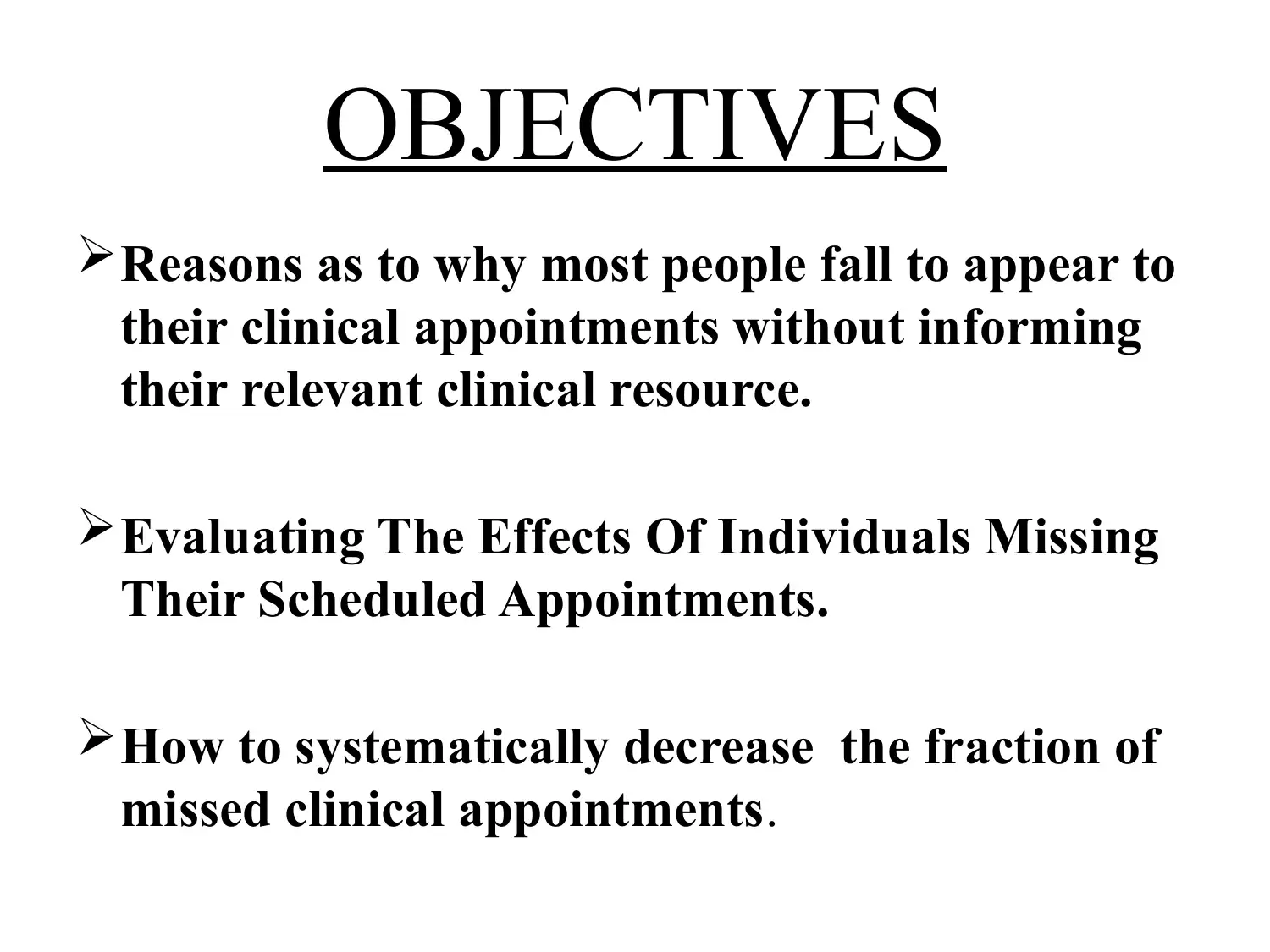
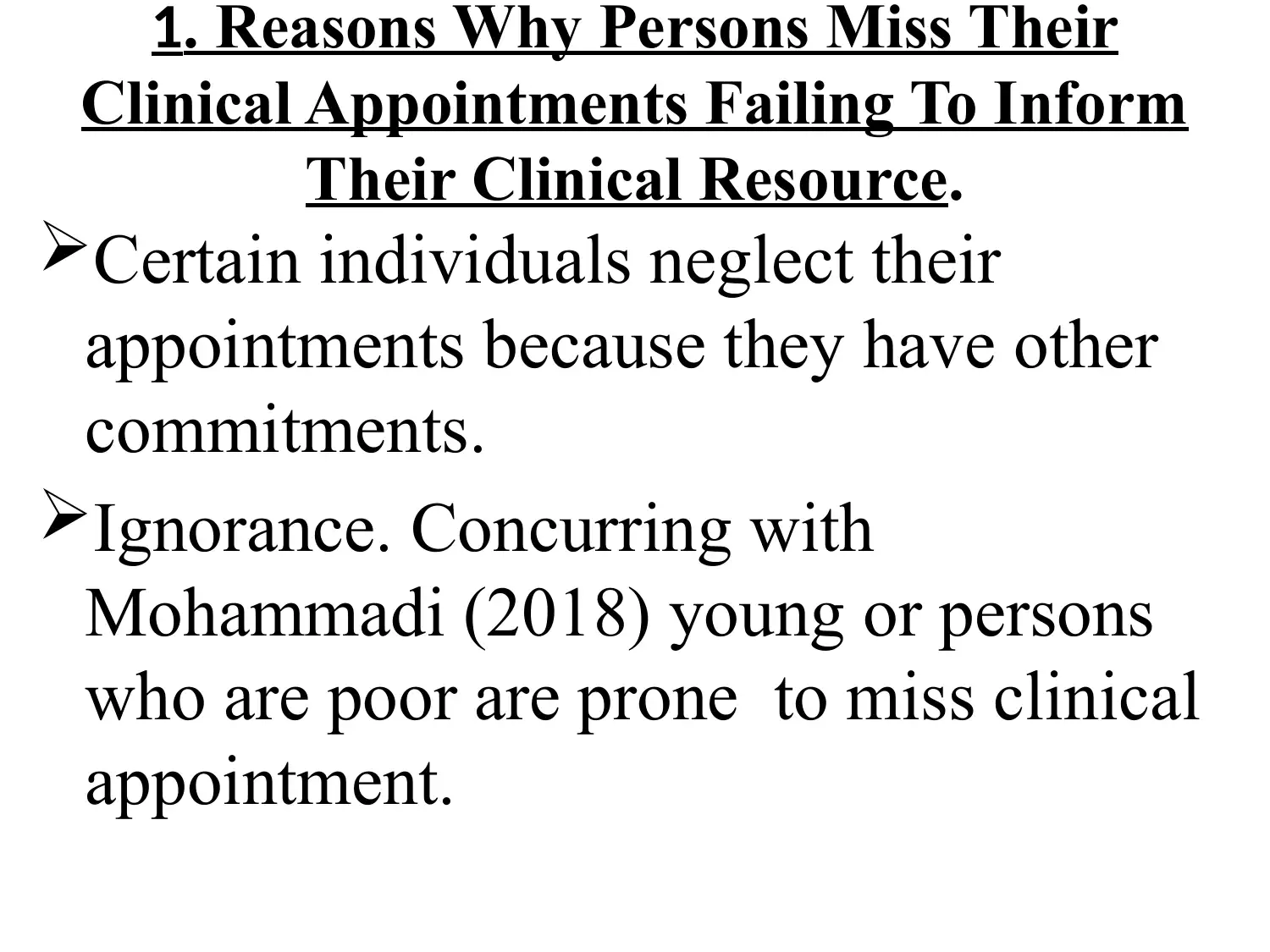

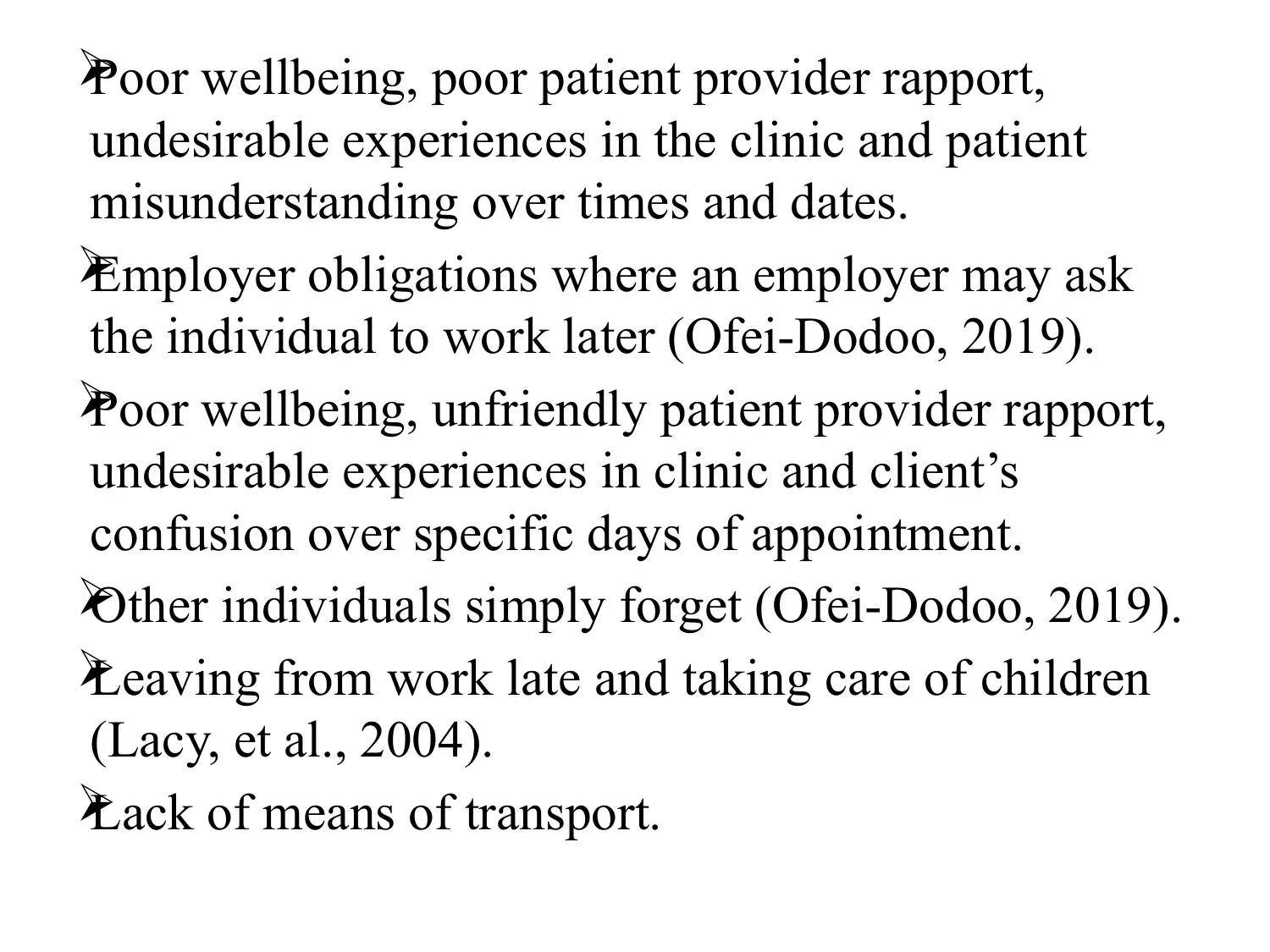
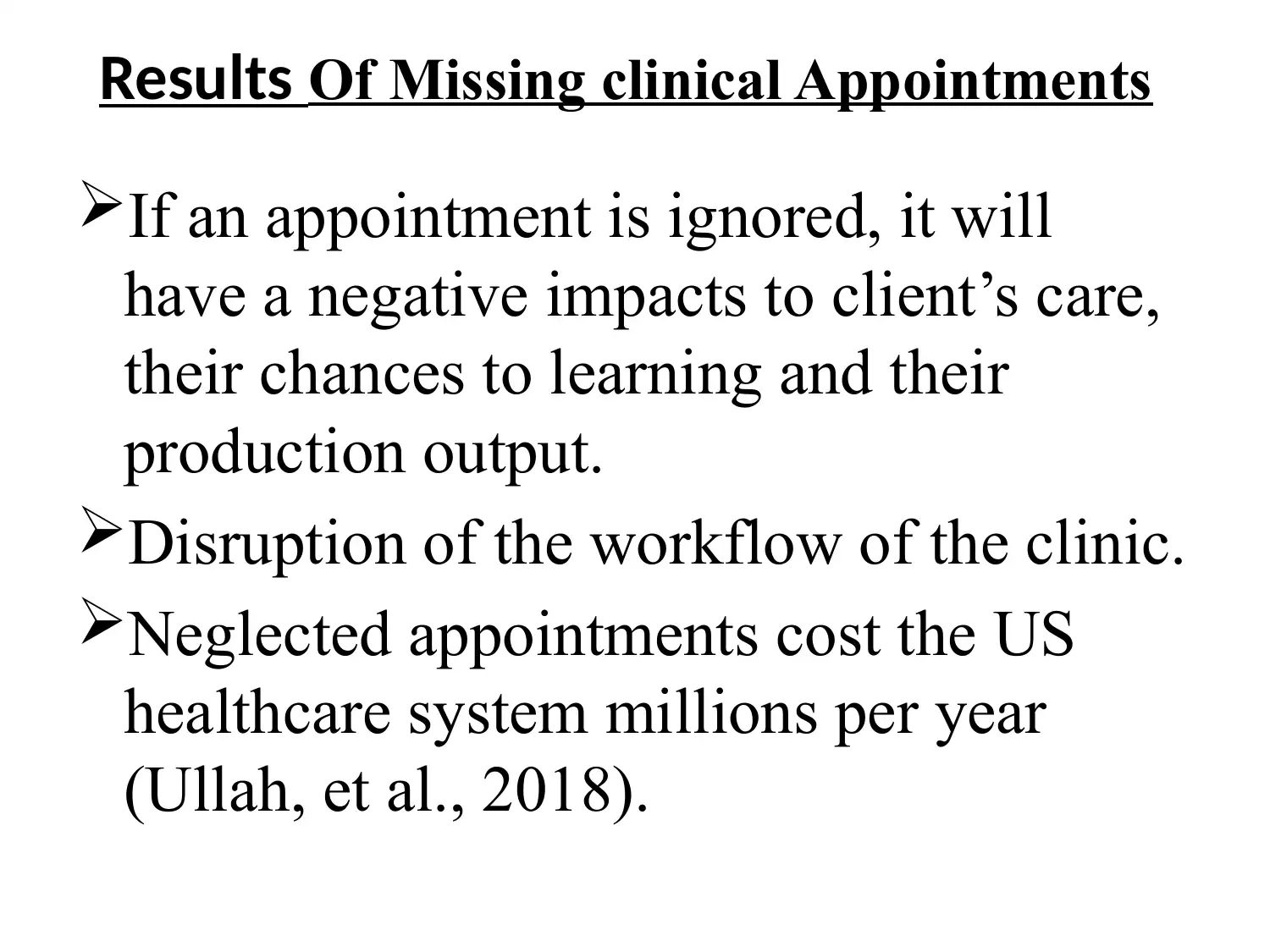
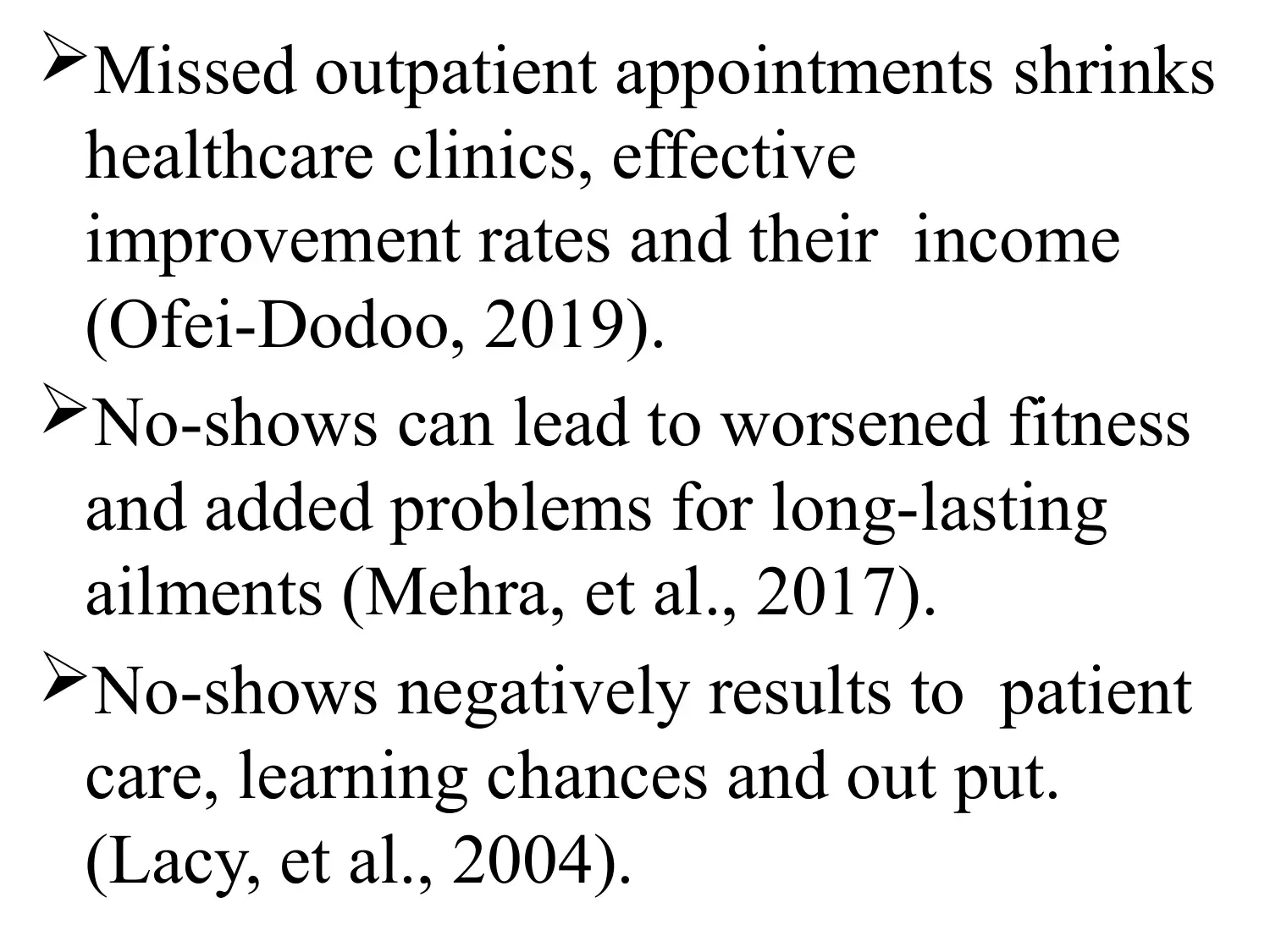
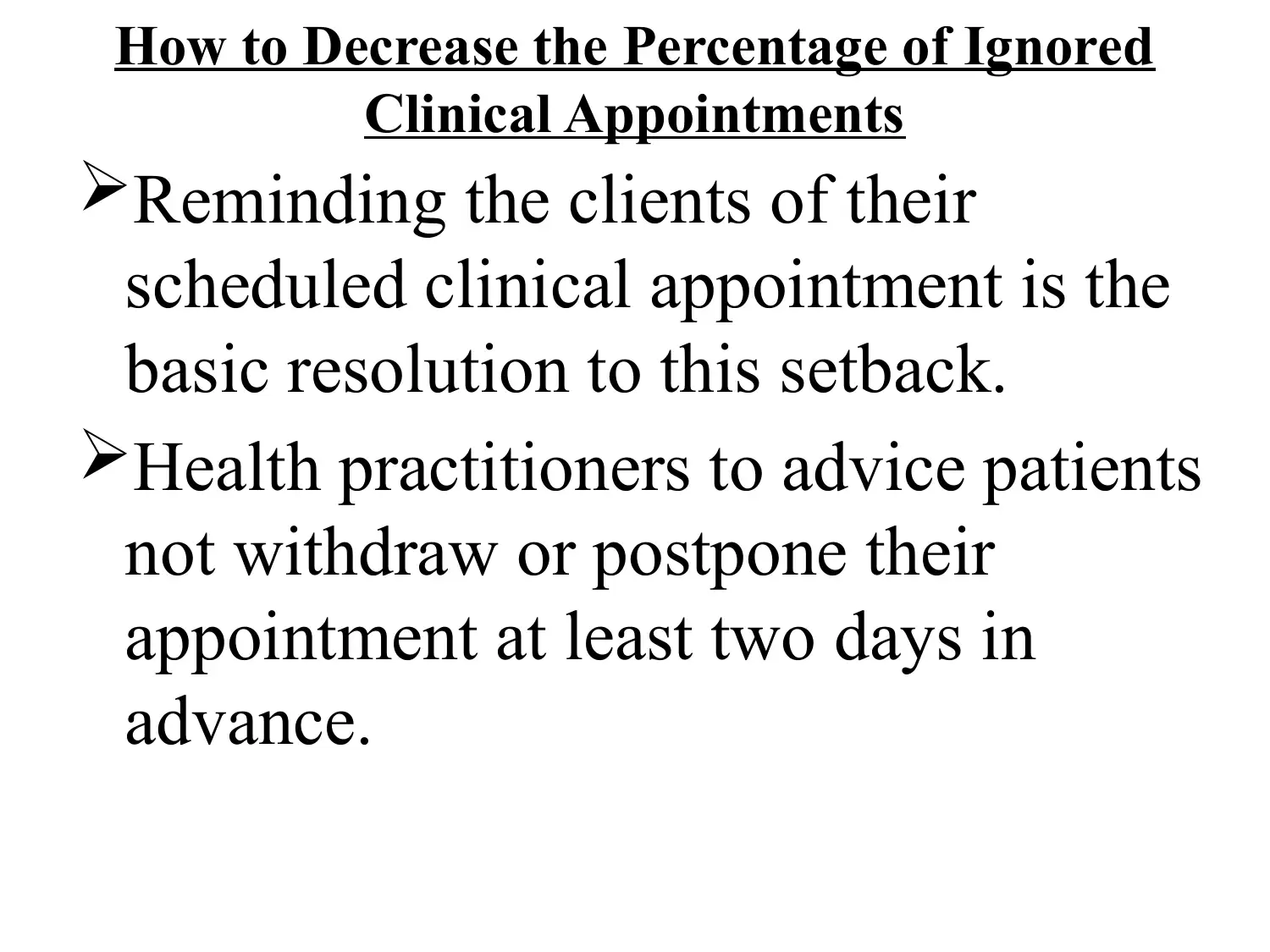
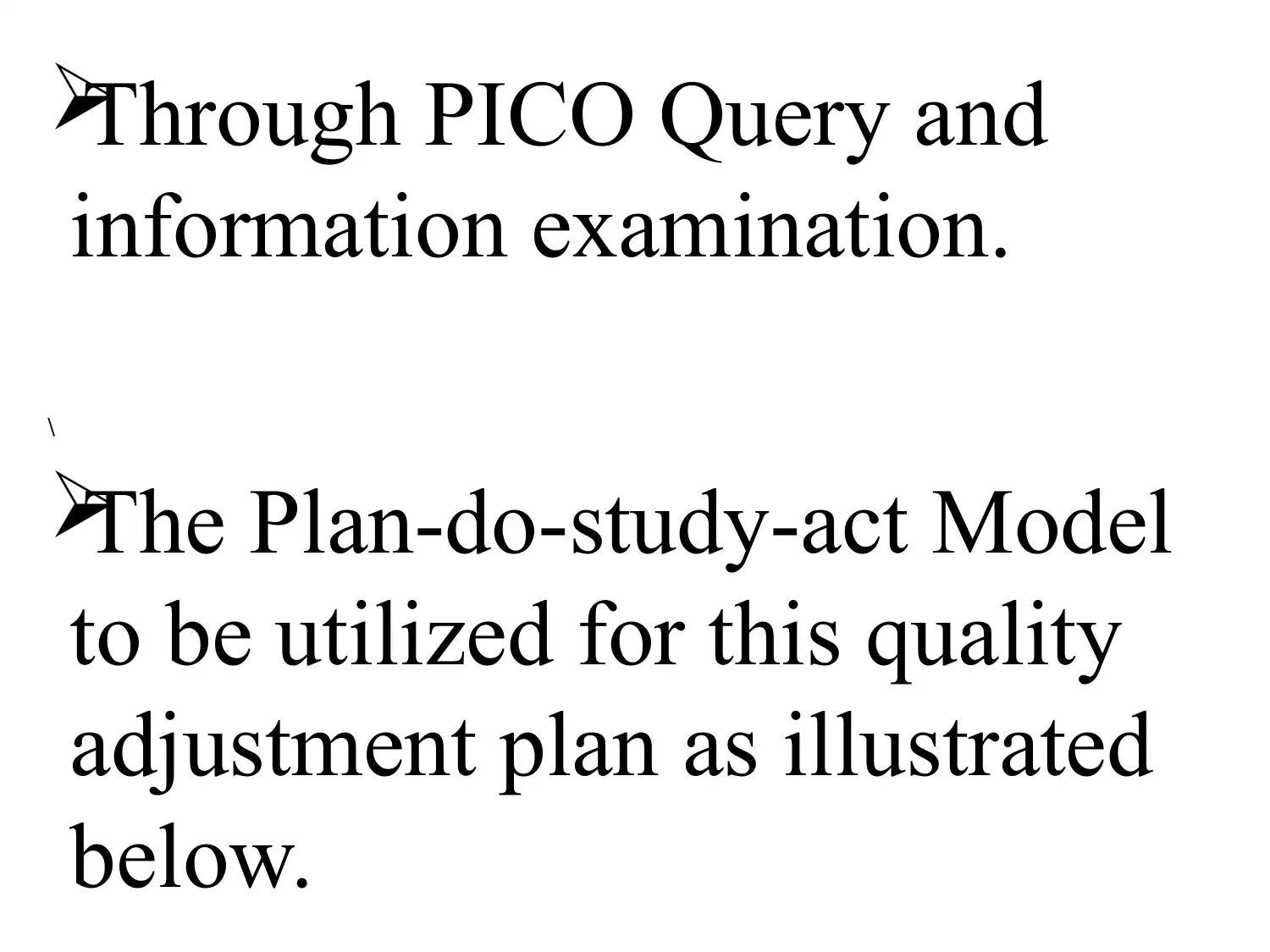
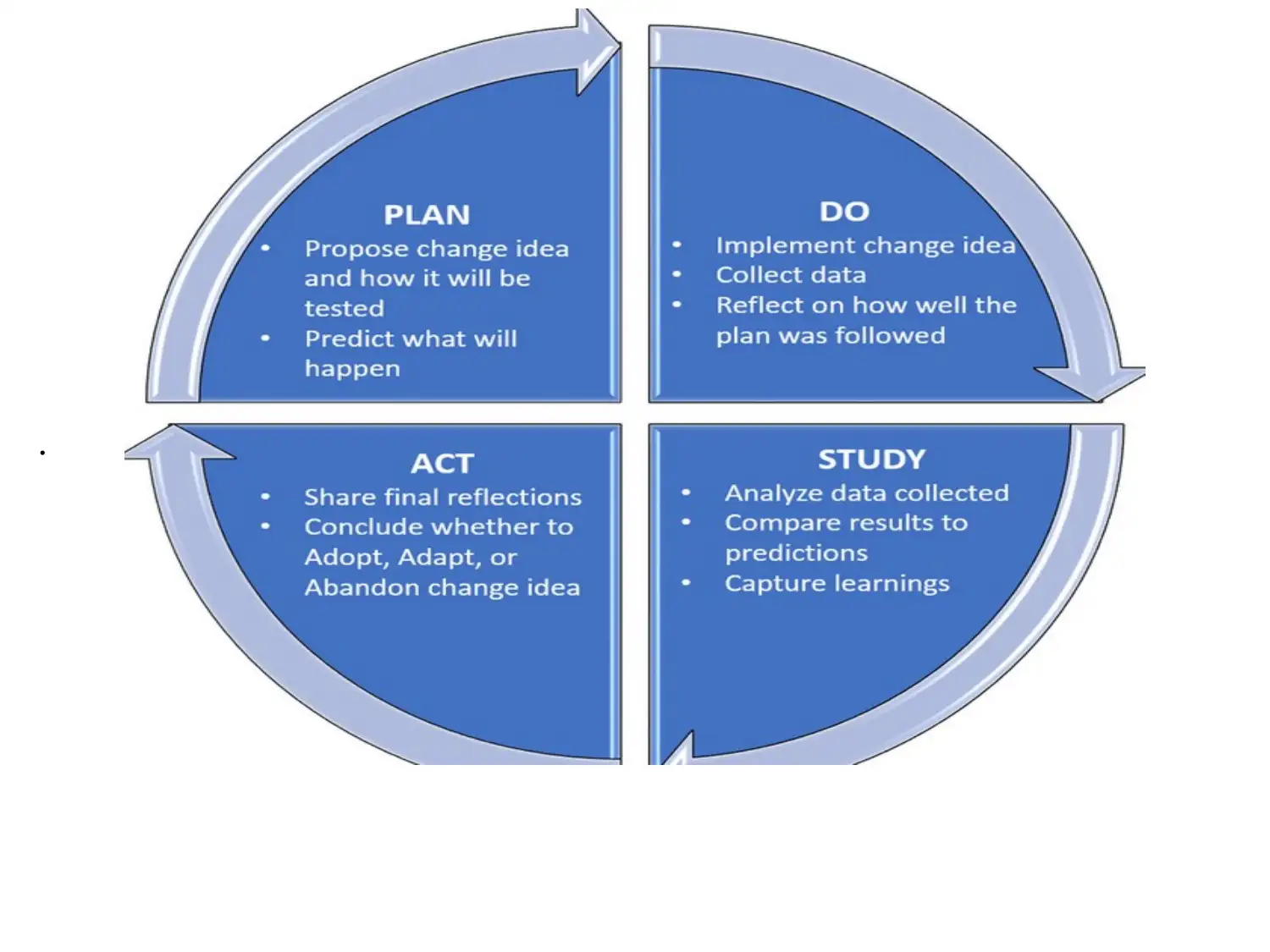
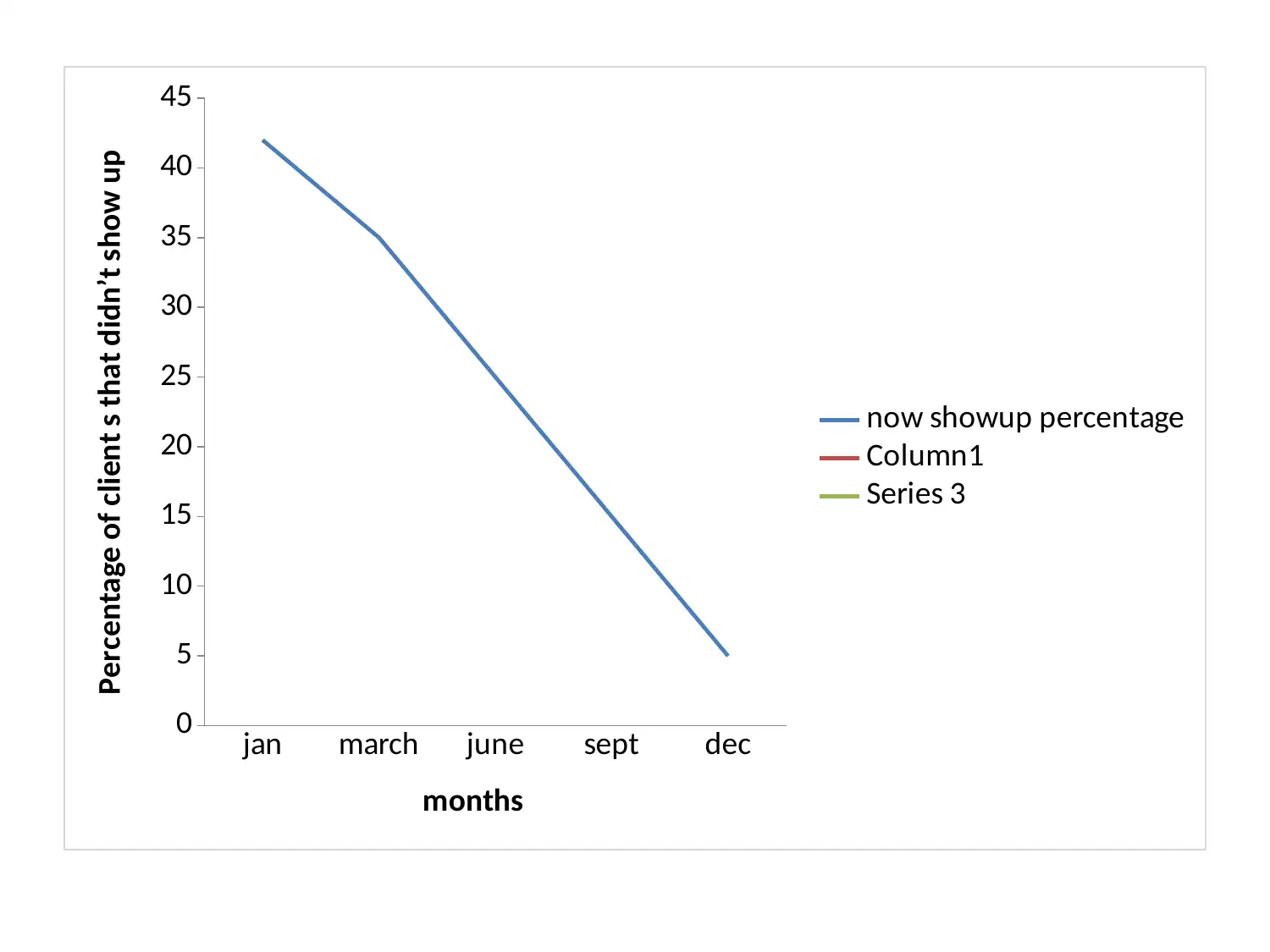
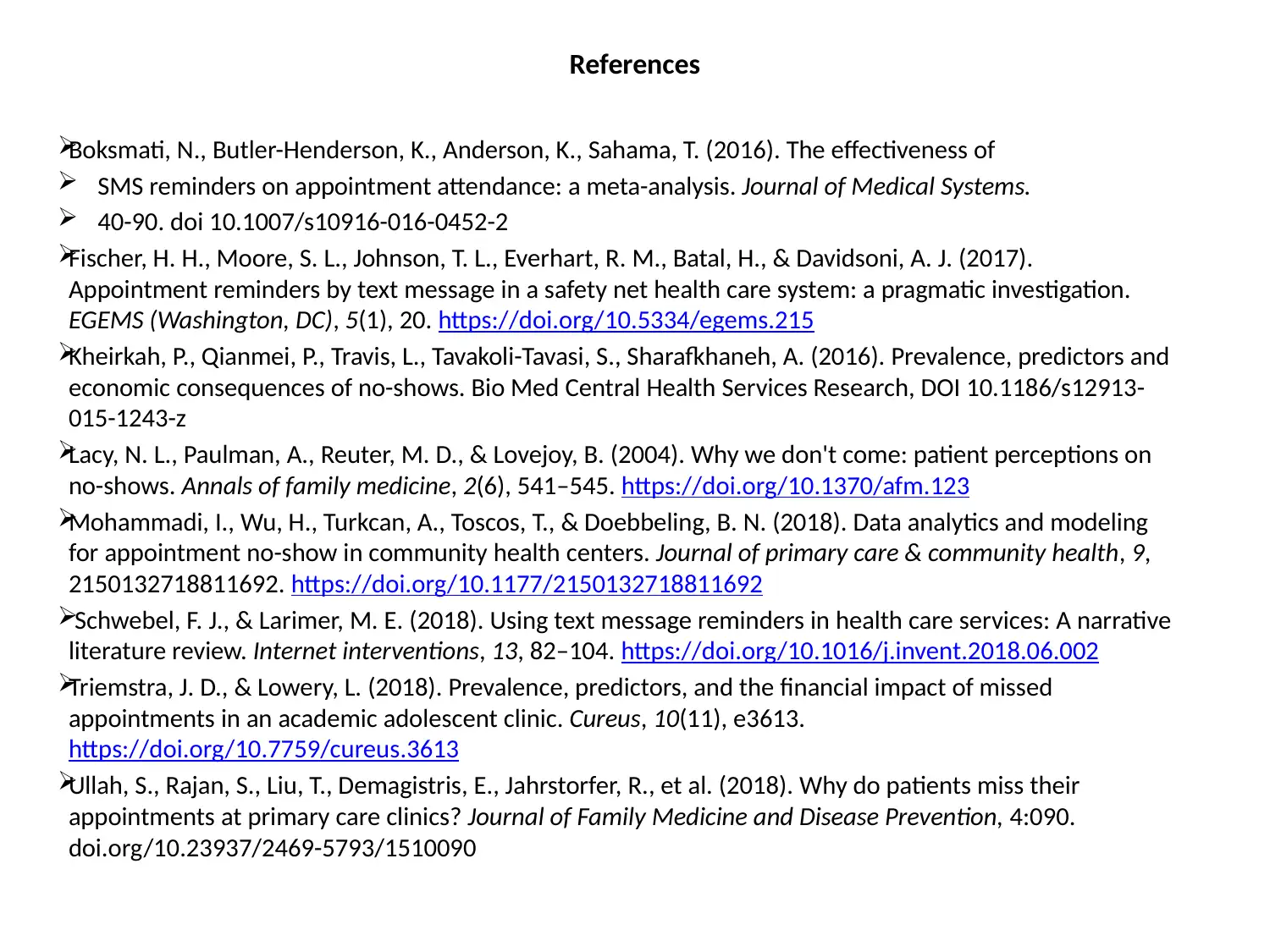
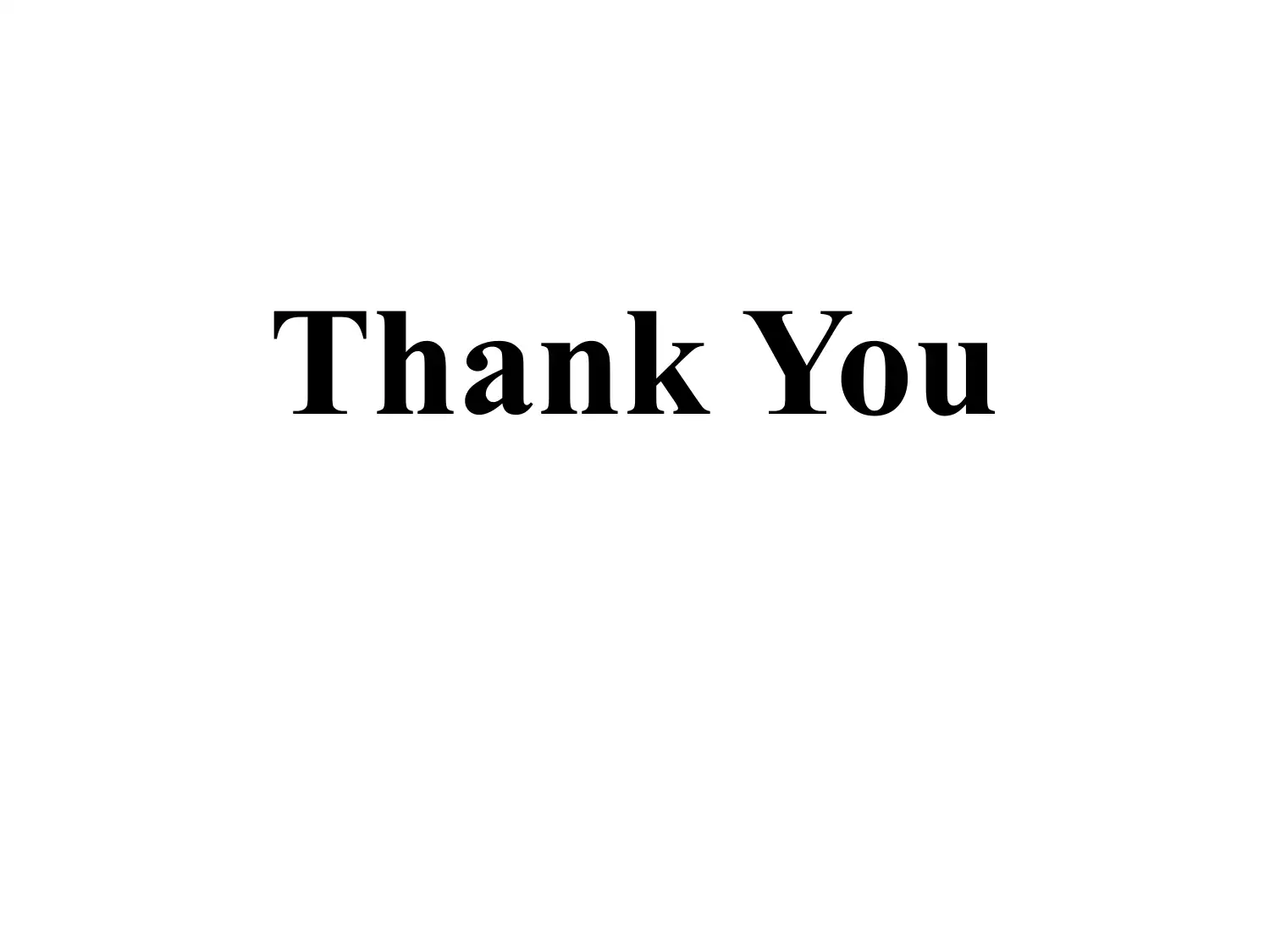

![[object Object]](/_next/static/media/star-bottom.7253800d.svg)